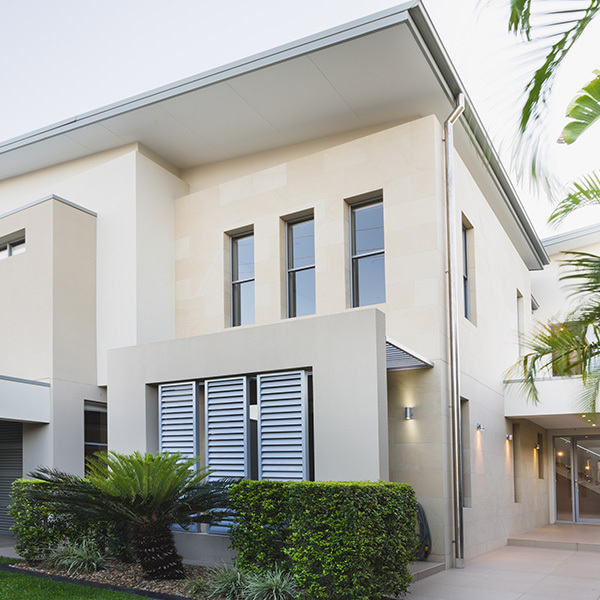Everyone wants to give their home a new look. A building or home’s walls can be painted to give it a brand-new, fresh appearance. Without a question, painting is the best technique to give an antique house a warm, modern feel. It instantly imparts a feeling of newness. There are numerous considerations that you need to look at after you decide to have your home painted. It is not just the paint, but also several add-ons, that produce the final outcomes you had in mind. However, you would need to apply wall putty at least twice before painting it in order to get the desired finish.
What is wall putty?
Cement-based putty is used to smooth and level the surface of the wall before painting in order to eliminate any surface irregularities. Additionally, it aids in filling up small spaces and gaps in the wall so that paint can be applied uniformly and gives the wall a dilating appearance. Generally, the number of coatings needed can be determined by the wall’s state, but two coats are typically enough to produce the desired effects.
Benefits of wall putty application
The Bonding Agent
The paint on the wall needs a smooth surface to give a proper finishing by filling up the cracks inside the wall. This finishing comes from wall putty only. This method before painting makes it easy for us to use rollers, sprays, and other modern techniques of painting. It acts as the bonding agent between the wall and the paint.
Lasts longer
It creates the connection between the wall and the paint which makes the paint last longer than expected. This eventually makes the painting cost-efficient and worth the while. Wall putty also protects your wall from water and dust which makes it stay intact for a few more years.
Flexible to apply
Its flexibility makes it super easy to use and apply. You can apply it to the interior or exterior whichever you wish to give a new look too. You can also apply it on new as well as old walls. Though you should use waterproof putty on the exterior walls.
Components of wall putty
- Plaster of Paris
- Raw Linseed Oil
- Mineral Thinner
- White Lead
Types of putty
White Cement-based putty
- This type of wall putty is the most popular and widely utilised. It is, as the name implies, made of white cement. Its texture is shiny and smooth like other minerals and polymers. Interior and exterior walls can both benefit from using this readily.
- It provides the wall with a white coating, increases brightness, and improves the smoothness of the wall all at once. It functions effectively as a binding agent and is moisture resistant due to its cement-based composition. These characteristics make it popular among customers since they promise a hassle-free experience with positive outcomes.
Acrylic putty
- It is a liquid putty with additives, white pigment, and acrylic emulsion.
- This putty’s ability to bind is less strong than cement-based putty’s.
- It has less strength and not as much water resistance. This is ready-to-use and provides an incredibly smooth finish. Luxury and ultra-luxury emulsions are perfect for putty’s ultra-smooth texture.
Contrary to popular perception, choosing the right paints is important for the painting process. Prior to painting, priming the wall by covering it with wall putty becomes quite important.

